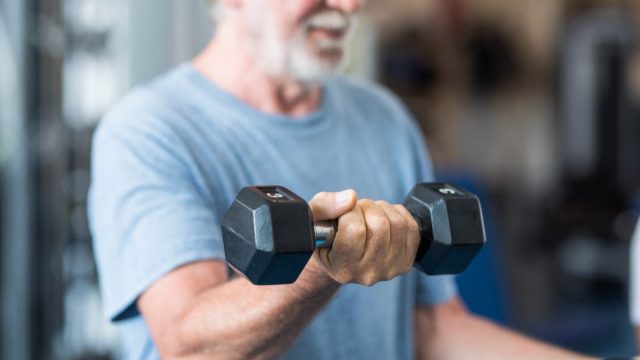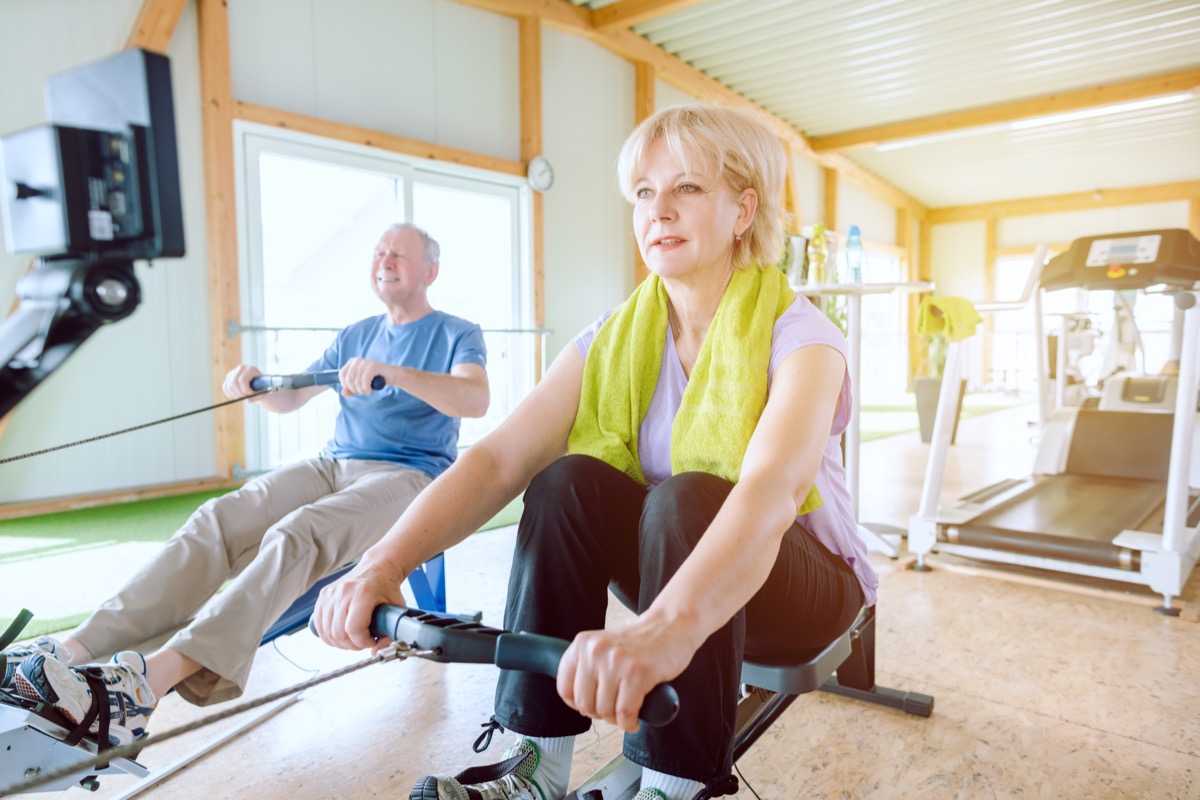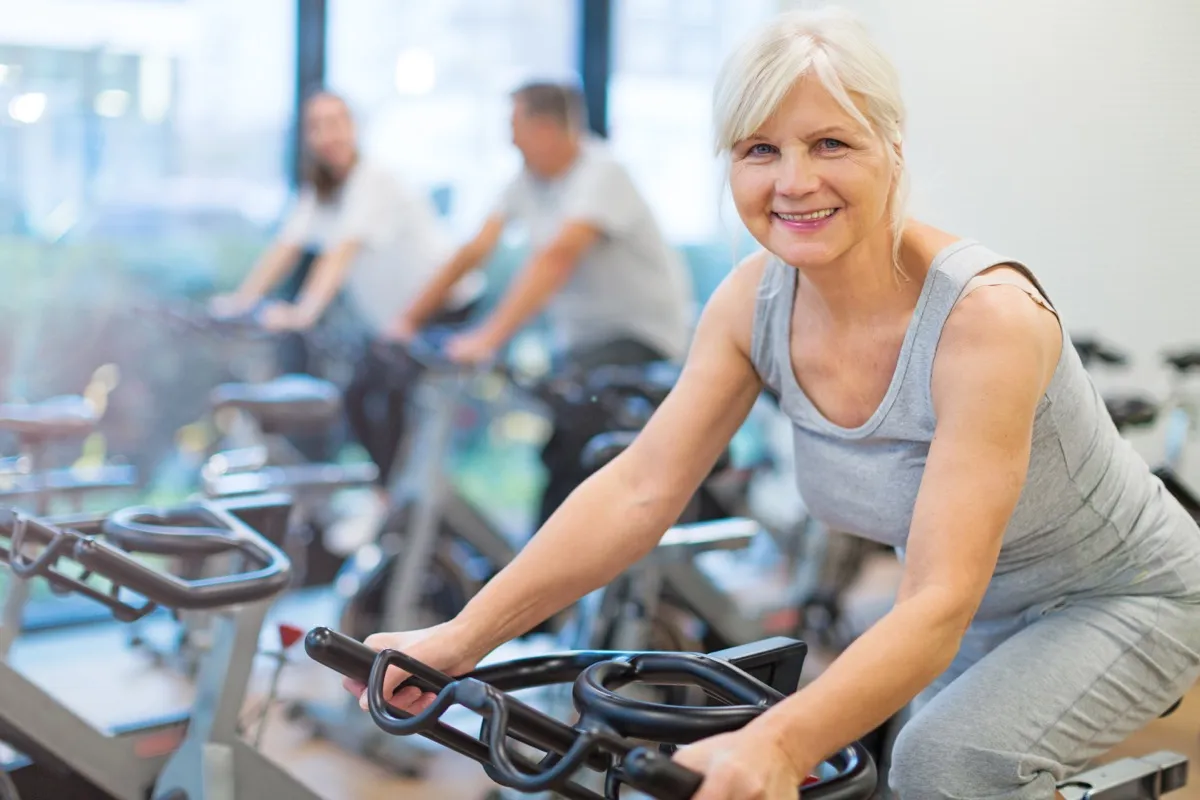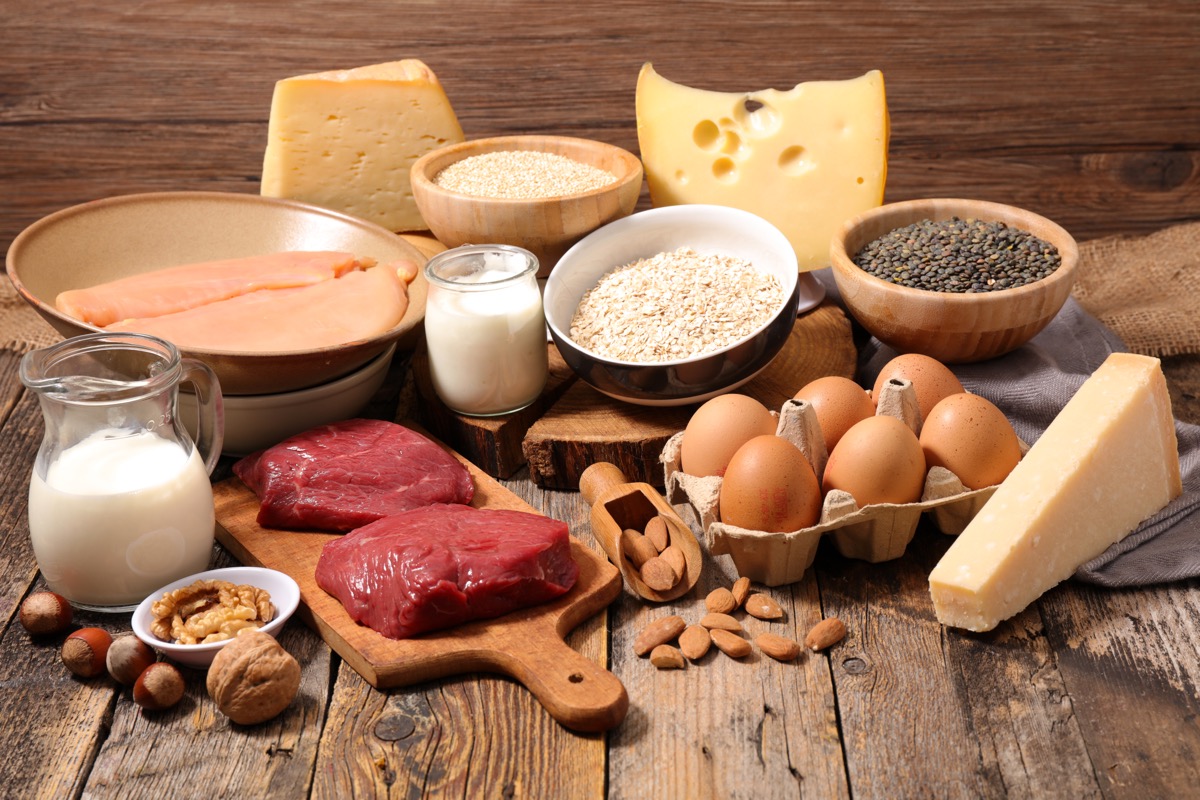93-Year-Old Athlete Has the Body of a Man 60 Years Younger—Here’s How

Richard Morgan was 73 years old when he first took up exercise in earnest. Now 93, he’s setting records for his fitness, having won four world championships for indoor rowing. First introduced to the sport by his grandson, a collegiate rower at the time, Morgan now trains in his backyard shed to compete alongside men many years younger. The late-in-life habit has paid off beyond expectation, bestowing excellent heart health, muscle retention, lung capacity, lean body mass, and other age-defying features.
In fact, Morgan’s youthful physique and physical stamina have also inspired a new case study published in the Journal of Applied Physiology. In it, the authors explore how Morgan’s fitness feats could offer clues to the broader population on how to extend our own health spans, or the number of years spent in good health.
“Master athletes of advanced ages who perform at a world-class level represent a unique population providing valuable insights into the capacity of humans to cultivate and retain high levels of physiological function,” says the case study. In other words, by finding out what works for Morgan, we all stand to benefit.
Wondering how Morgan maintains the body of a man 60 years younger? These are the four things he does to stay shockingly in shape at 93 years old.
RELATED: 91-Year-Old Fitness Star Shares Her Best Workout Tips to Stay Young.
1
He does 40 minutes of cardiovascular exercise each day.

Until he was 73, Morgan reportedly exercised only minimally while working as a baker and battery maker. However, once he began his exercise regimen in retirement, he “never looked back,” The Washington Post reports.
Cardio is the backbone of his fitness routine: Morgan spends 40 minutes per day rowing roughly 18.5 miles, or 30 kilometers, on an indoor rowing machine.
Notably, this has transformed his cardiovascular health, the case study notes. “This 92-yr-old athlete demonstrated remarkably fast oxygen uptake kinetics, akin to values for a healthy young adult, indicating well-developed and/or maintained cardiopulmonary function,” the authors wrote.
2
He embraces interval training.

Morgan’s fitness routine has one important feature that experts say could contribute significantly to his good health: He uses interval training to manipulate the intensity of his workout.
Those hoping to emulate his regimen might be pleased to learn that Morgan spends the vast majority of this workout—70 percent—exercising at an easy pace while “hardly laboring.” Twenty percent of his workout is completed at a moderate level—challenging, but tolerable. Only the last 10 percent of his workout pushes him to the limits of his physical capacity.
RELATED: 116-Year-Old Woman With No Major Health Issues Reveals Her Longevity Diet.
3
He does weight training two to three times per week.

Experts say that beyond cardiovascular exercise, it’s also important to incorporate resistance training. Morgan does just that, lifting weights two to three times per week—the amount recommended by the Centers for Disease Control and Prevention (CDC).
Using adjustable dumbbells, Morgan typically does lunges and curls until he is too tired to continue. Most often, that translates to around three sets of reps, The Washington Post reports.
4
He eats a high-protein diet.

As part of the case study, Morgan recorded the details of his diet over the course of four days. The researchers believed it relevant that he consumed “a large amount of protein, 12 percent to 58 percent beyond minimum recommended intakes.” Weighing 165 pounds, guidelines suggest that someone Morgan’s size should consume a minimum of roughly 60 grams of protein per day.
Morgan’s high-protein diet most likely contributes to his significant muscle retention, which in turn helps support his continued stamina for exercise.
In fact, a separate study published in the Journal of Applied Physiology found that healthy older adults between the ages of 52 and 75 regained muscle mass by switching to a high-protein diet. Those researchers suggest that the current recommended daily allowance for protein falls short of optimal levels for stimulating muscle protein synthesis.
So, if you’re hoping to revamp your health in your senior years—and feel years younger—diet and exercise are key. As Morgan demonstrates, not all of the effects of aging are inevitable. Many can be managed with the help of good habits.
For more health news sent directly to your inbox, sign up for our daily newsletter.